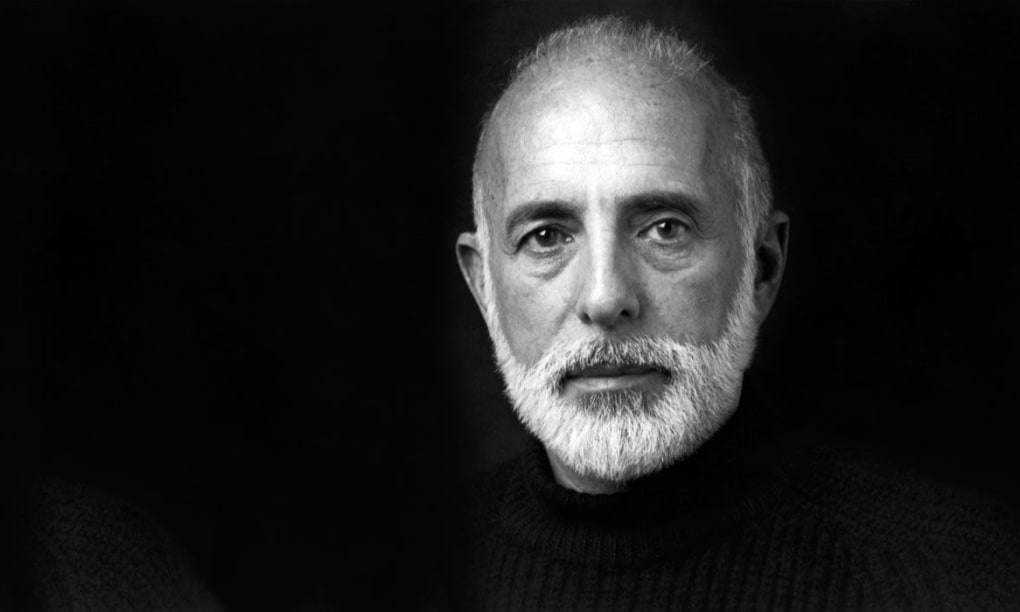
Our History
We are New York City Ballet
New York City Ballet was the idea of Lincoln Kirstein. He envisioned an American ballet where young native dancers could be trained and schooled under the guidance of the world's greatest ballet masters to perform a new, modern repertory, rather than relying on touring groups of imported artists performing for American audiences.
The Start
When he met George Balanchine in London in 1933, Kirstein knew he had found the right person for his dream. Balanchine's training lay in the tradition of the great Russian ballet; he entered the Imperial School of Ballet in St. Petersburg at age 10 and graduated at 17. Also a student at the Petrograd Conservatory of Music during this time, he studied piano and composition. With his schooling behind him and only 20 years old, Balanchine left the newly-created Soviet Union for the West. Shortly thereafter, Sergei Diaghilev invited the young choreographer to join his Monte Carlo-based Ballets Russes. The year was 1924. In 1933, Balanchine accepted Kirstein's invitation to come to America to start the school which was to serve as the incubator of their American ballet.
The Struggle
The intervening years, however, were not without incident and frustrations. The School's first performance was postponed due to rain, and the initial tour of the newly-formed American Ballet met an untimely end with the simultaneous collapse of both its manager and exchequer. A three-year period at the Metropolitan Opera as its official ballet company ended in disagreements. Several ballet companies were created and dissolved. Efforts ceased temporarily during World War II – Kirstein served in the Army while Balanchine went to the Ballet Russe de Monte Carlo as choreographer. During this period, only the existence of the School gave any indication that Kirstein's American ballet dream was still alive. It was the unflagging devotion of these two men in the face of apparently overwhelming odds that was finally able to draw New York City Ballet out of the fire.
A Dream Realized
Following the war, Kirstein and Balanchine formed Ballet Society and presented their new company at New York's City Center for Music and Drama, which had been founded by Fiorello H. LaGuardia, Newbold Morris, and Morton Baum. Baum, then chairman of City Center's Finance Committee, was impressed by the quality of what he had seen at one of the performances and approached Kirstein with the suggestion that he transform the ensemble into a New York City Ballet. Kirstein, with his dream in sight, made Baum a promise – that in return for his faith, he would give New York City the finest ballet company in America within three years.
Success
And, as they say, the rest is history. In 1948, Balanchine invited the 30-year-old Jerome Robbins to join the nascent company as Assistant Artistic Director. After performing at the City Center for Music and Drama, the Company now performs for 23 weeks of the year in the magnificent $30 million, Philip Johnson-designed New York State Theater (now the David H. Koch Theater), built by the City and State of New York. New York City Ballet opened the theater on April 24, 1964, and has since been its resident ballet company. The Saratoga Performing Arts Center has been New York City Ballet's permanent annual summer home since 1966.
Among its many international engagements, New York City Ballet has made numerous appearances in the capitals of Europe. The Company has also appeared in Australia, China, Brazil, Japan, Italy, South Korea and Taiwan and has made three historic trips to Russia as well as visits to many of the major cities of the United States and Canada.
Today
Currently, the Company has approximately 90 dancers, making it the largest dance organization in America. It has an active repertory of over 150 works, principally choreographed by Balanchine and Robbins. The School of American Ballet, the official school of New York City Ballet, is thriving in its spacious home in The Samuel B. & David Rose Building at Lincoln Center with an enrollment of over 350 aspiring dancers from nearly every state in the nation and around the world.
Following Balanchine's death in 1983, Robbins and Peter Martins shared the title of Ballet Master in Chief overseeing the smooth running of the New York City Ballet. From 1990 through his retirement in 2017, Martins had sole responsibility for the Company's artistic direction. In 2009, Katherine Brown was named NYCB’s first-ever Executive Director, a position created to oversee the administrative management of the Company. In February of 2019, Jonathan Stafford was named Artistic Director of New York City Ballet and the School of American Ballet, and Wendy Whelan was named Associate Artistic Director of New York City Ballet.
Widely acknowledged for its enduring contributions to dance, NYCB is committed to promoting creative excellence and nurturing a new generation of dancers and choreographers.






